Ok by now you’ve probably heard of most of the Pyramids in the article below, but I bet you haven’t see what they looked like before they were excavated and restored. You’ll be surprised just how much work has gone into uncovered and excavating these huge historic monuments to where we are today with millions of visitors snapping pics of these places on the regular. Enjoy this journey through time.
Get your dose of History via Email
If you prefer to watch this in video format, you can do so here: https://youtu.be/-b3ptRaNqxM
Teotihuacan
Located in the Valley of Mexico, Teotihuacan is home to the majestic Pyramid of the Sun and the Pyramid of the Moon. Excavations began in the early 20th century, with Leopoldo Batres leading initial efforts in the year 1905.
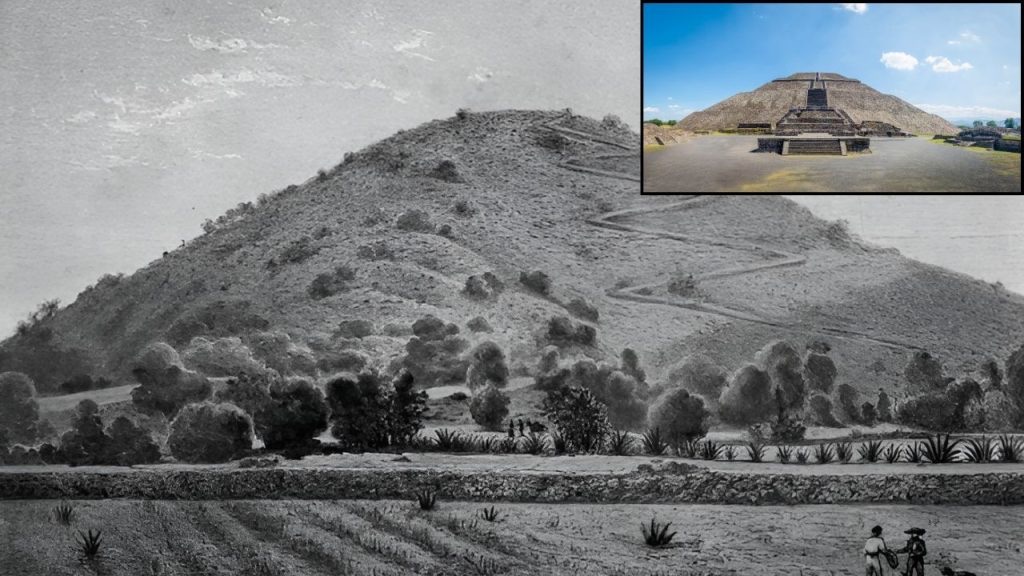
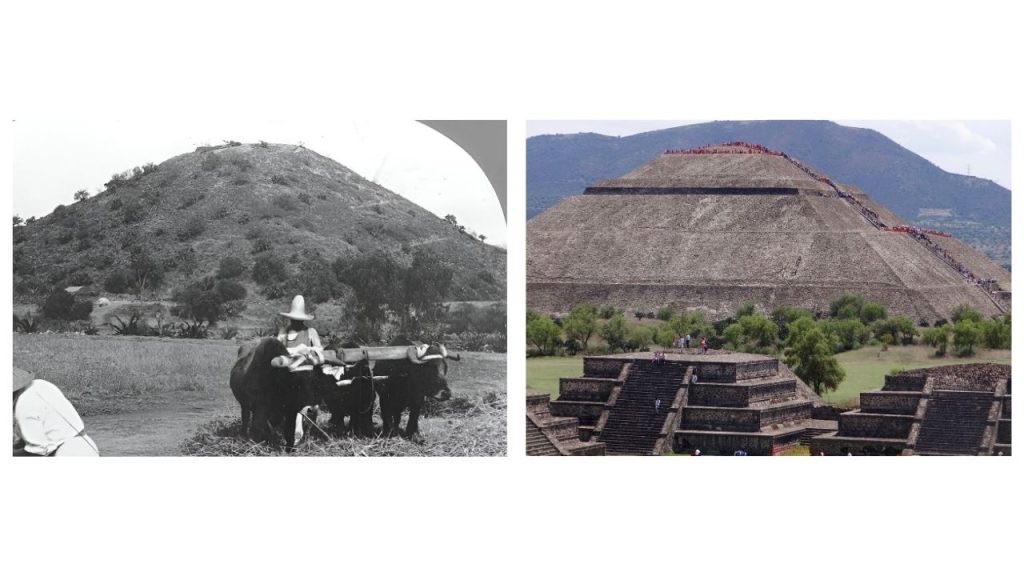
Uxmal
Uxmal, in Yucatan, Mexico, is famed for its Governor’s Palace and the Pyramid of the Magician. Archaeologist Frans Blom conducted restoration work in the 1920s, bringing attention to its Puuc architecture.
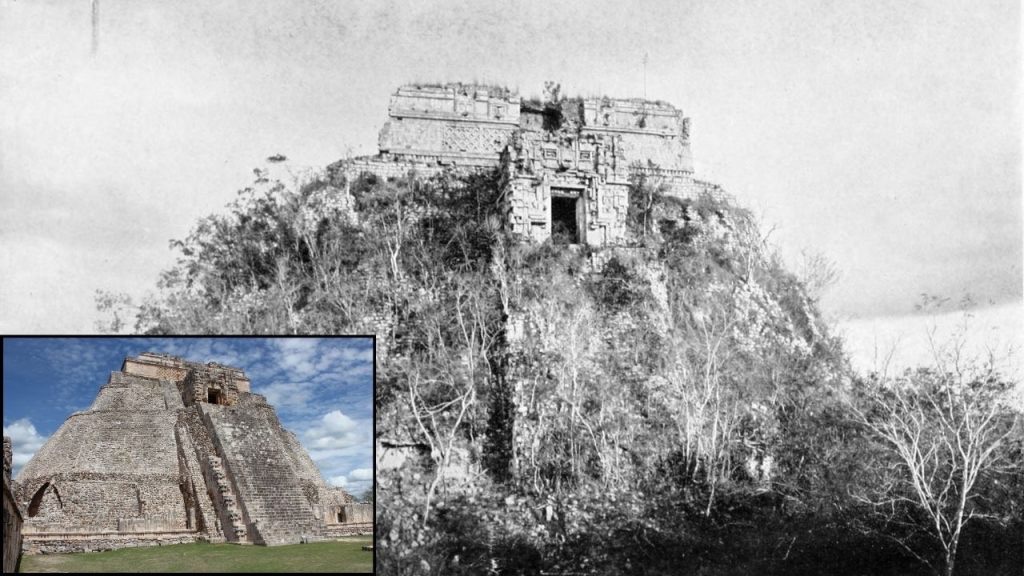
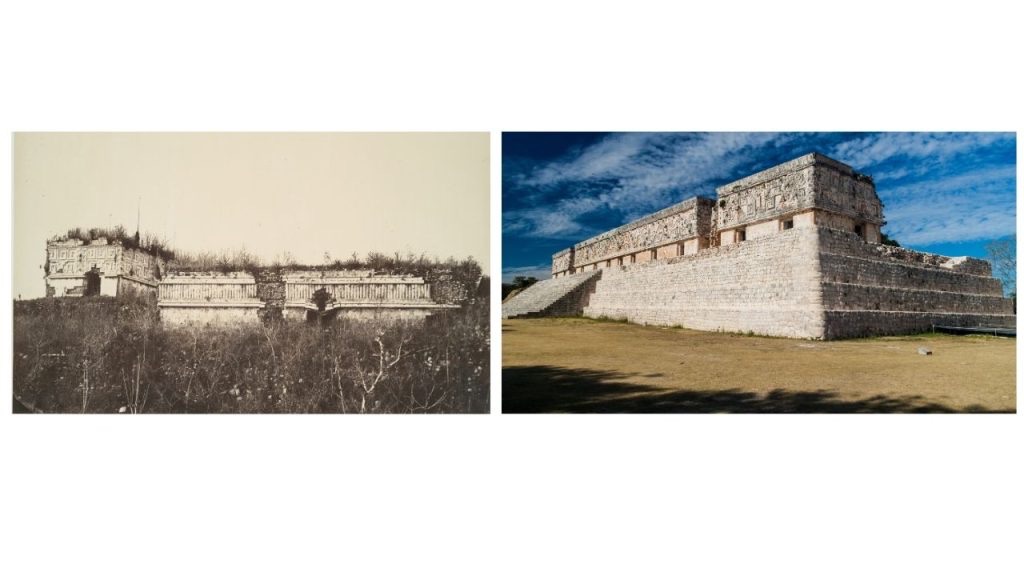
Chichen Itza
Chichen Itza‘s iconic El Castillo pyramid stands in the Yucatan Peninsula. Excavations started in 1841 by John Lloyd Stephens and Frederick Catherwood, who were among the first to document the site.
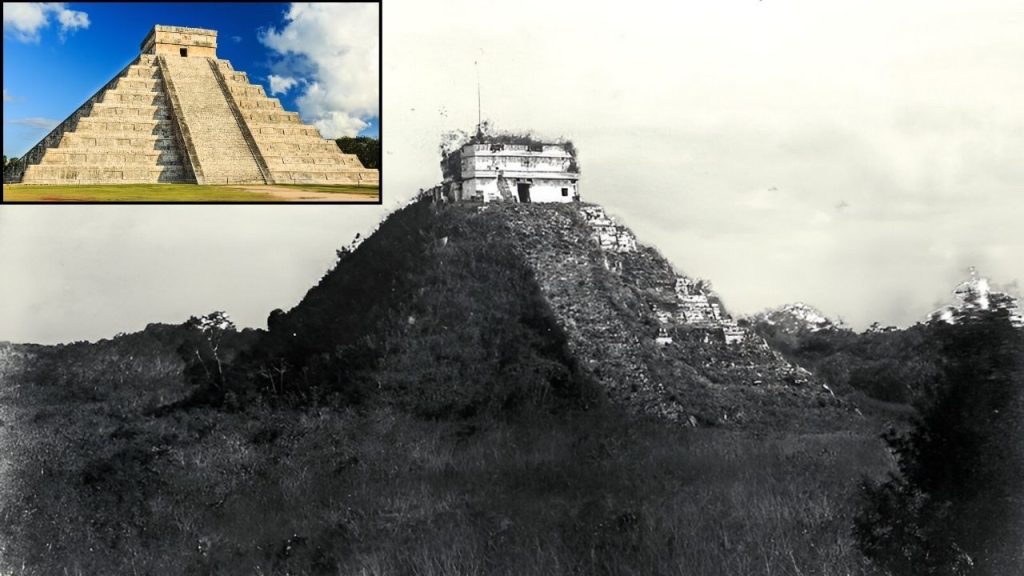
Tikal National Park
In the rainforests of Guatemala, Tikal National Park houses towering Mayan temples. The University of Pennsylvania initiated a major project in 1956, with archaeologist Edwin M. Shook at the helm.

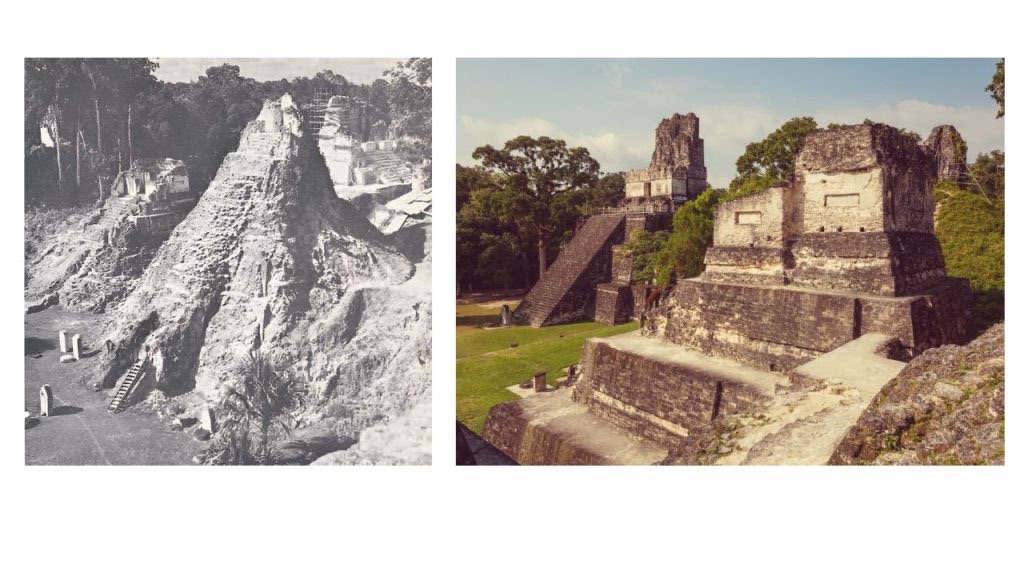
Palenque
Palenque, located in Chiapas, Mexico, is renowned for the Temple of the Inscriptions. Alberto Ruz Lhuillier began extensive excavations in 1948, uncovering the tomb of Pakal the Great.
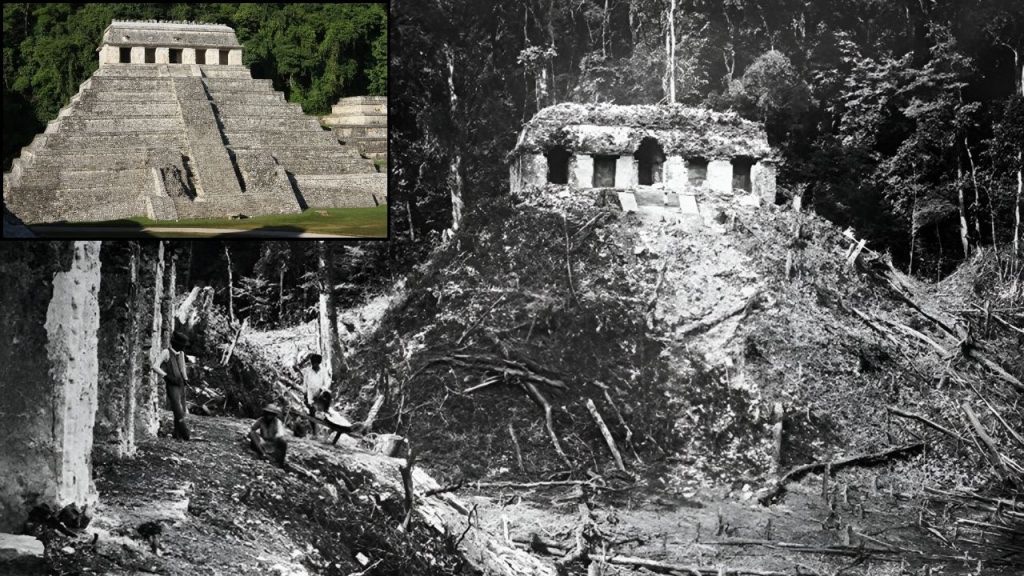
Koh Ker
Cambodia’s remote Koh Ker was once the Khmer capital, featuring a unique pyramid temple. Restoration efforts by the Cambodian government and international teams started in the early 21st century.
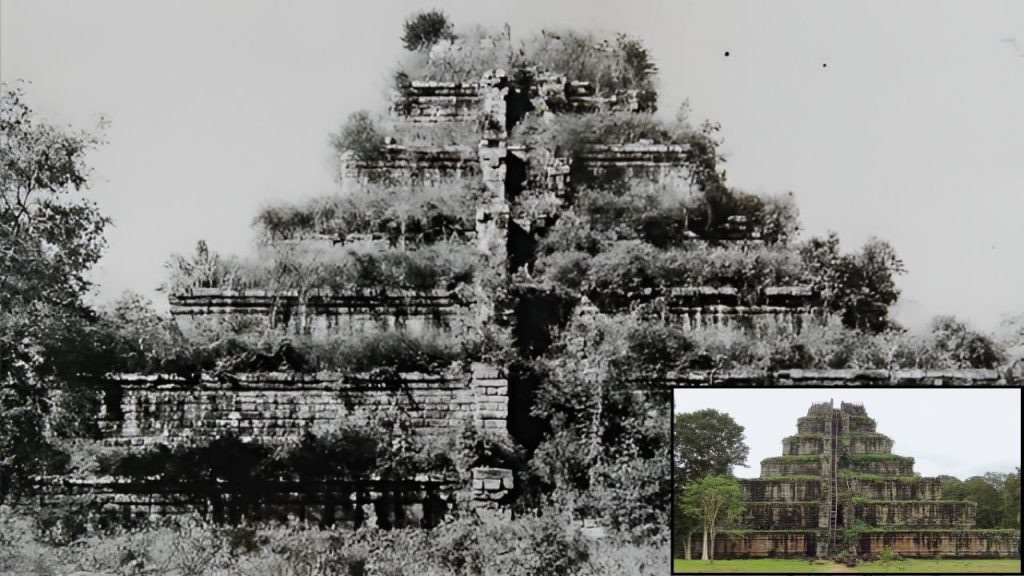
Lamanai
Lamanai, nestled in the Belizean jungle, boasts the Mask Temple. David M. Pendergast of the Royal Ontario Museum spearheaded excavations in 1974, revealing its long occupation history.
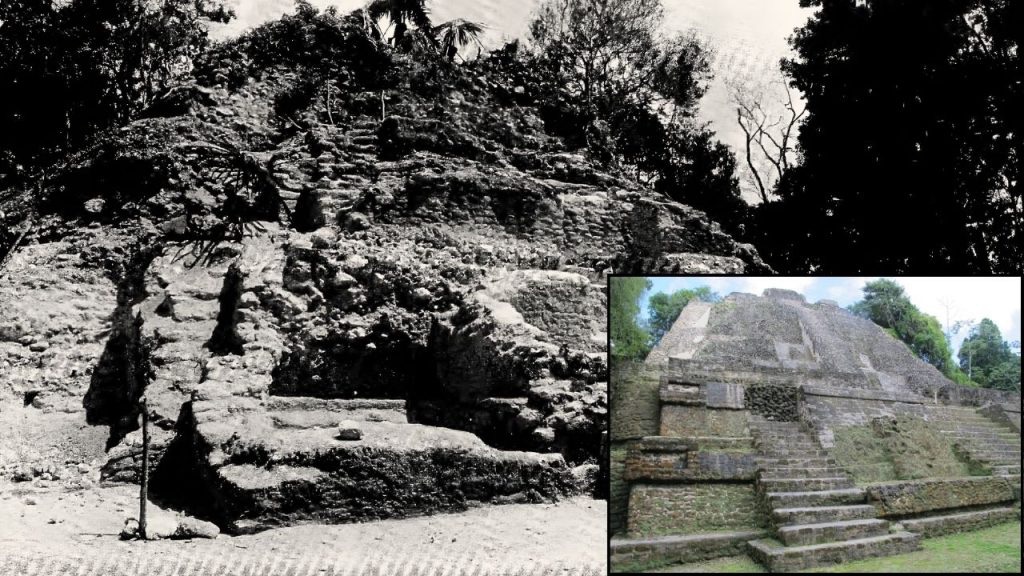
Xunantunich
Xunantunich, near Belize’s Guatemalan border, is known for the El Castillo pyramid. Thomas Gann initiated investigations in the 1890s, with more systematic work beginning in the 1920s.
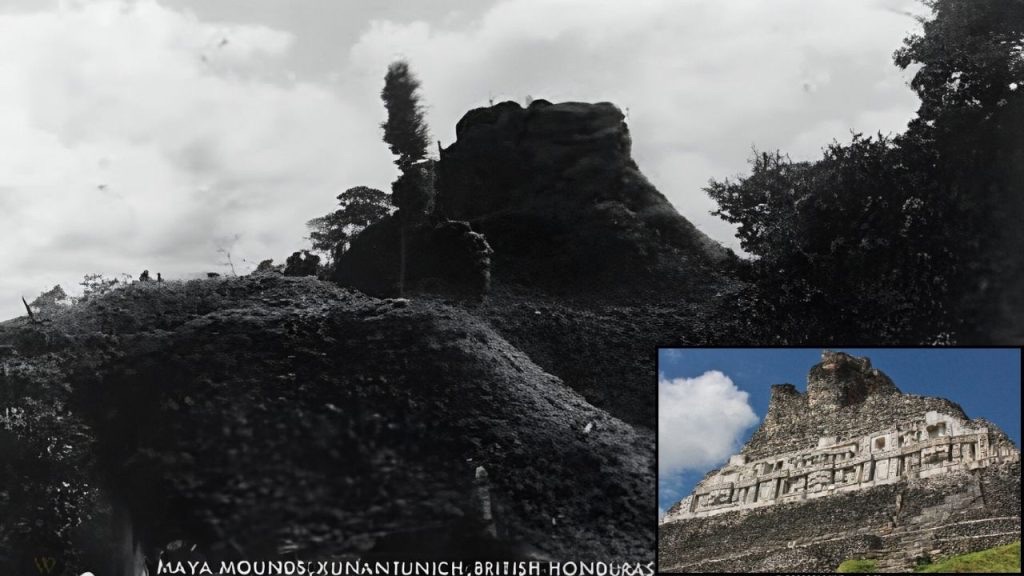
Caracol
Caracol, in Belize, features the massive Caana pyramid. The Caracol Archaeological Project, led by Diane and Arlen Chase, began in 1985, unearthing its extensive urban network.
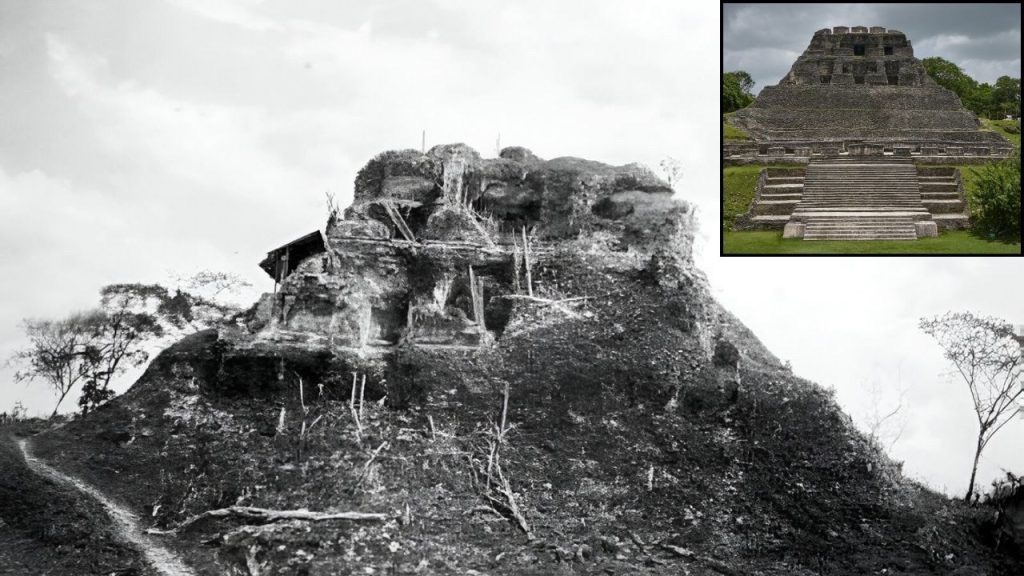
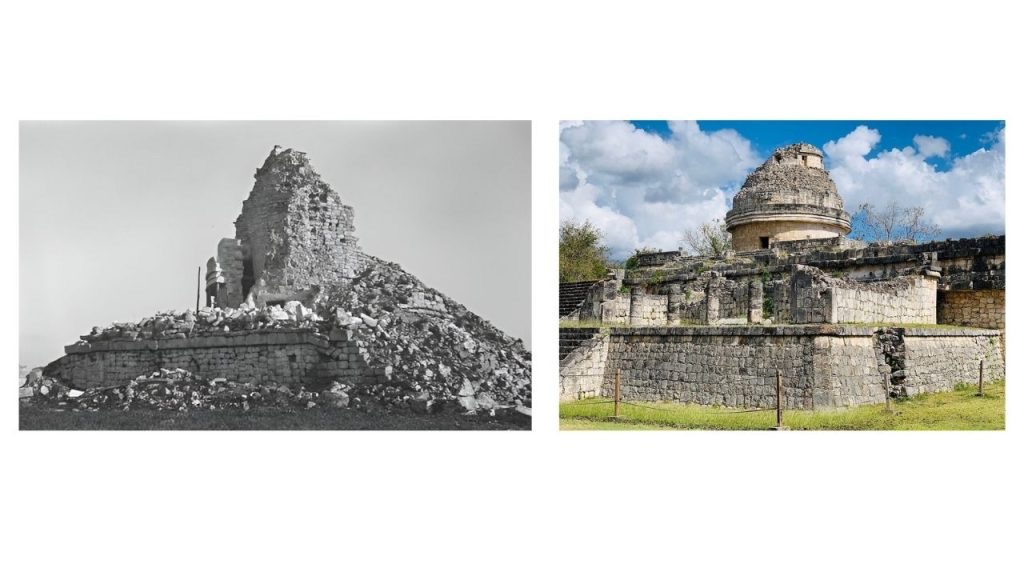
Tazumal
El Salvador’s Tazumal is part of the larger Chalchuapa archaeological zone. Stanley Boggs conducted restoration and reconstruction work in the 1940s and 1950s, highlighting its intricate step pyramids.
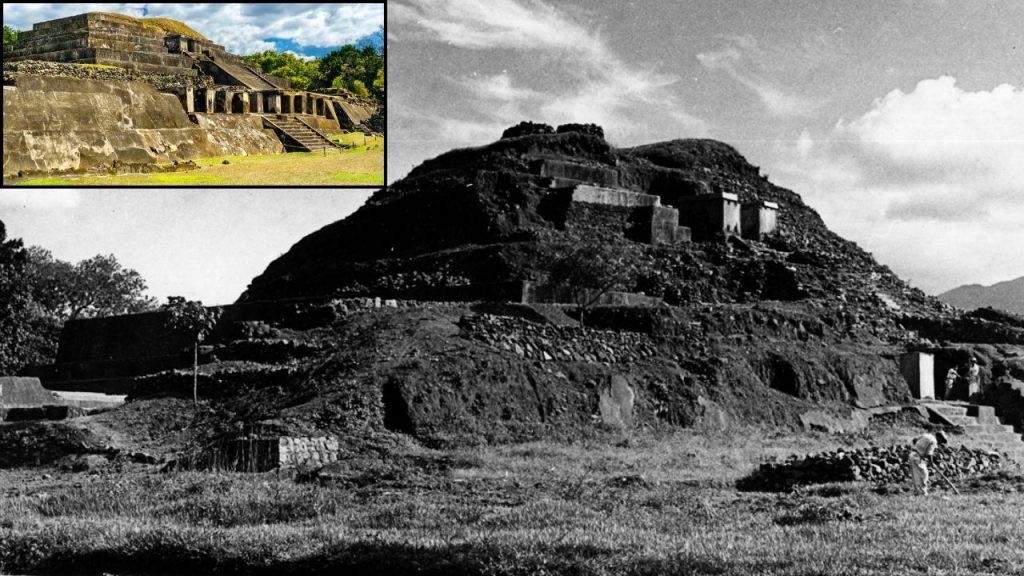
Copán
In Honduras, Copán is celebrated for its hieroglyphic stairway and stelae. The Carnegie Institution started restoration in the 1930s, with Gustav Stromsvik among the key archaeologists.
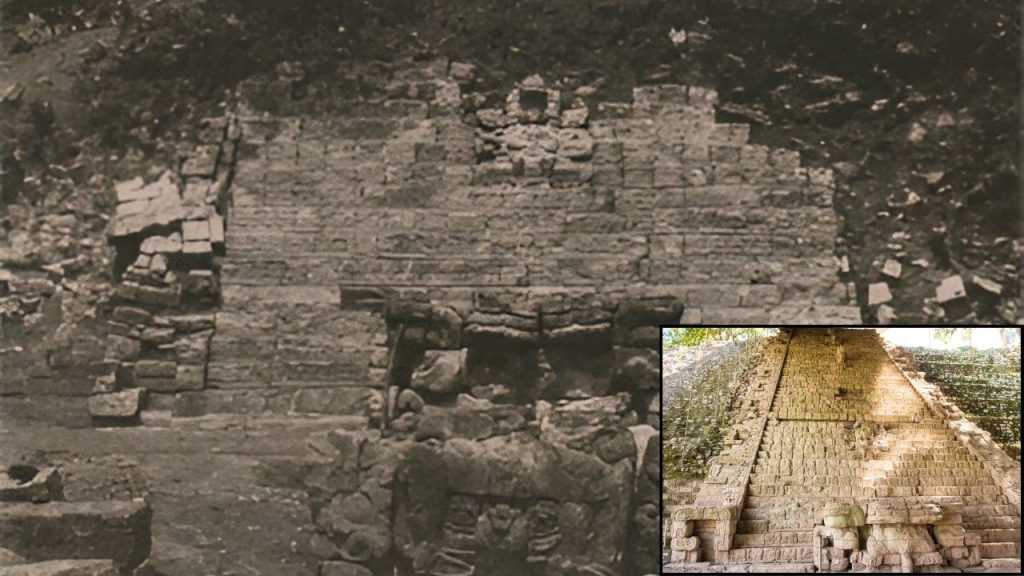
The Great Ziggurat of Ur
The Great Ziggurat of Ur, in present-day Iraq, dates back to the Early Bronze Age. Sir Leonard Woolley led excavations in the 1920s and 1930s, uncovering this massive step pyramid.
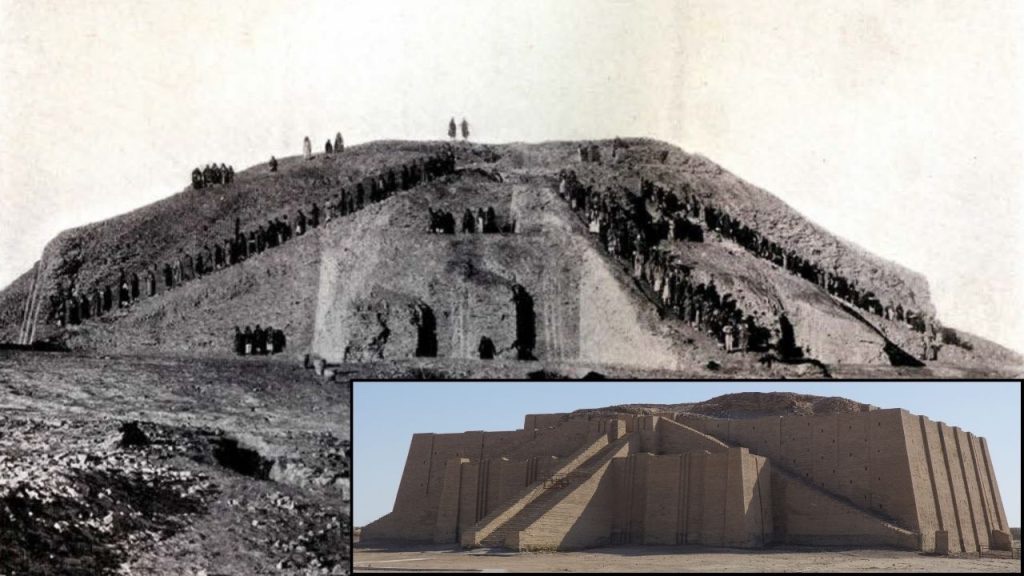
El Tajín
El Tajín, located in Veracruz, Mexico, is famous for the Pyramid of the Niches. José García Payón began systematic excavations in 1943, revealing its unique architectural style.
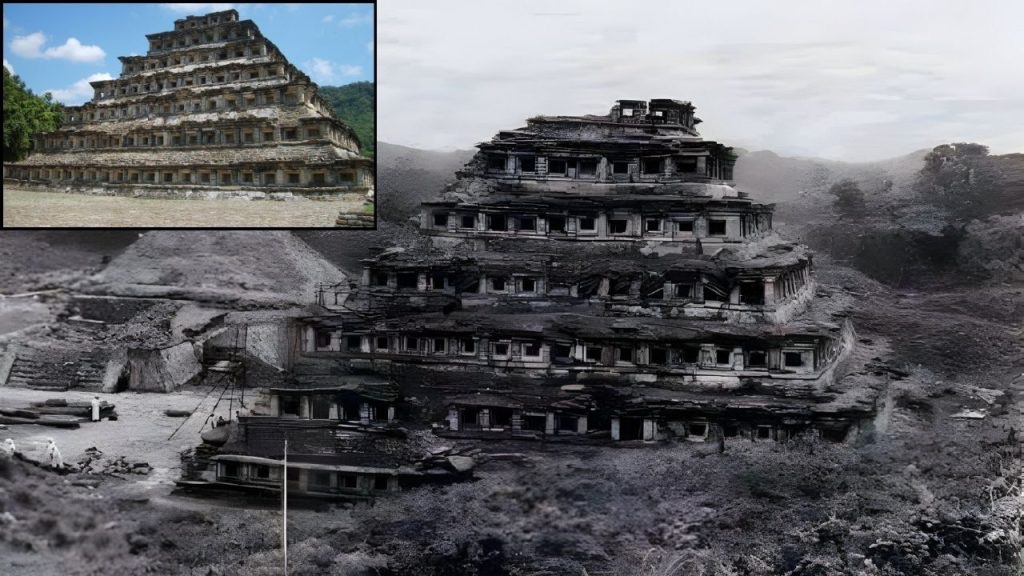
Below you’ll find lots more photos of pyramids then vs now, some ready to be shared on Social Media should you wish to!
Watch this all in a video on Youtube. https://youtu.be/-b3ptRaNqxM

